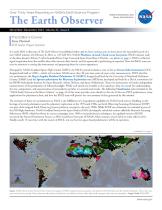- Home
- Missions
- Data
- Communications
- People
- The Earth Observer Newsletter
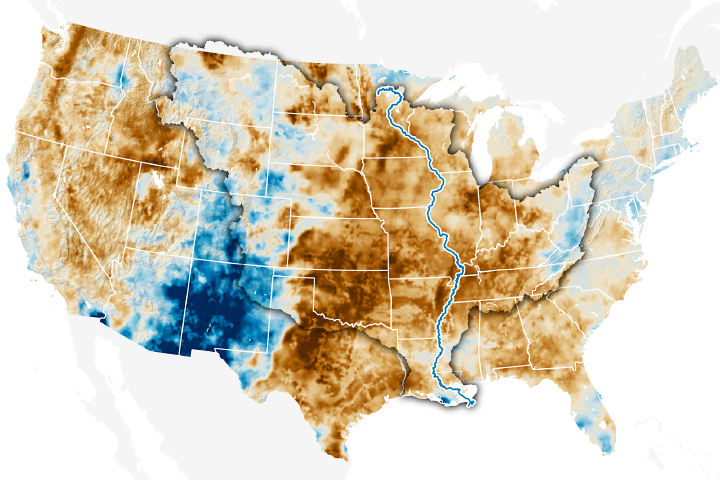
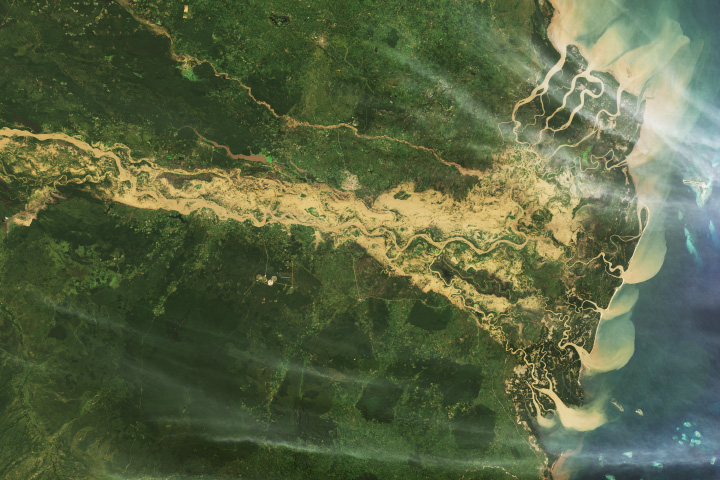


Recent Imagery
You will be directed to the NASA Visible Earth webpage when you select Images by Mission below, or click on the images at right that are randomly generated to represent four out of all possible topics.
You are here
Brochures
NASA's Earth Observing System provides a variety of materials available for download. Feel free to choose a category below:
- Brochures
- Postcards
- Posters
- Science Writers’ Guide
- Mission Brochures
- Fact Sheets
- Calendars
- Booklets
- Lithographs
- Reference and Data Products Handbooks
- iBooks
- Activities
 |
NASA's Science Communication Support Office Annual Report 2017 The Science Communications Support Office (SCSO) supported 18 domestic and international science conferences and 6 public events in 2017. The SCSO continues to provide an inspiring and interactive venue for every event during the year, using a unique storytelling approach that allows a variety of audiences worldwide to connect with NASA Science. The 2017 Annual Report provides an overview of these activities with details about new Hyperwall stories, publications, social media, key partnerships, and more! This publication appears in: |
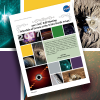 |
2017 AGU Schedule of Events at the NASA Booth During the 2017 AGU Fall Meeting, held December 11-15, 2017, navigate the streets (or rues) of the NASA Booth (#1645) and immerse yourself in science. Join us at the Inspiration Theatre for science stories, share a piece of your personal history involving NASA at NASA’s Living Timeline exhibit, and make new science connections while strolling down Avenues Interconnected, Impact, Innovation, and Inspiration. Learn something new, have fun, and discover together! This publication appears in: |
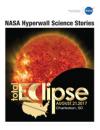 |
Eclipse Hyperwall Science Stories On Monday, August 21, 2017, all of North America will be treated to an eclipse of the sun. Anyone within the path of totality can see one of nature’s most awe inspiring sights—a total solar eclipse. This path, where the moon will completely cover the sun and the sun’s tenuous atmosphere—the corona—can be seen, will stretch from Salem, Oregon to Charleston, South Carolina. Observers outside this path will still see a partial solar eclipse where the moon covers part of the sun’s disk. This brochure contains high-definition visualizations related to the eclipse, past eclipses and transits, and our sun. This publication appears in: |
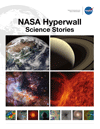 |
NASA Hyperwall Science Stories This brochure represents some of the science stories available on NASA’s Hyperwall. This publication appears in: |
 |
2016 NASA Booth Program for AGU NASA Science has a story to tell and, at AGU, you can be part of it. This year at our exhibit we will be telling stories about our Earth science, planetary science, and heliophysics endeavors via dynamic Hyperwall presentations, flash talks, and hands-on demos. In addition, the booth will also feature a variety of individual stations where you can talk face-to-face with NASA subject-matter experts. We hope you join us! This publication appears in: |
|
|
Astrophysics Discover how the universe works, explore how it began and evolved, and search for life on planets around other stars. This publication appears in: |
 |
COP-22 Hyperwall Content This brochure provides information about the content displayed on NASA's Hyperwall in the U.S. Center at the twenty-second session of the Conference of the Parties (COP-20) held November 7-18, 2016, in Marrakech, Morocco. This publication appears in: |
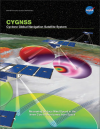 |
CYGNSS Mission Brochure This brochure provides an overview of NASA's Cyclone Global Navigation Satellite System (CYGNSS) mission--NASA’s first satellite mission to measure surface winds in the inner core of tropical cyclones, including regions beneath the eyewall and intense inner rainbands that could not previously be measured from space. These measurements will help scientists obtain a better understanding of what causes variations in tropical cyclone intensity, helping to improve our ability to forecast tropical cyclones such as Hurricane Katrina. This is related to the following mission(s): This publication appears in: |
 |
NASA Science Program Support Office Annual Report 2016 The Science Program Support Office (SPSO) supported 25 domestic and international science conferences and public events in FY2016. The SPSO strives to provide an inspiring and interactive venue for every event during the year, using a unique storytelling approach that allows a variety of audiences worldwide to connect with NASA Science. The 2016 Annual Report provides a broad overview of these activities, along with details about new Hyperwall stories, publications, social media, key partnerships, and more! This publication appears in: |
 |
NASA Science Resource Brochure This brochure contains a variety of useful links—a great resource for those interested in exploring the many facets of NASA. Have fun exploring! This publication appears in: |
